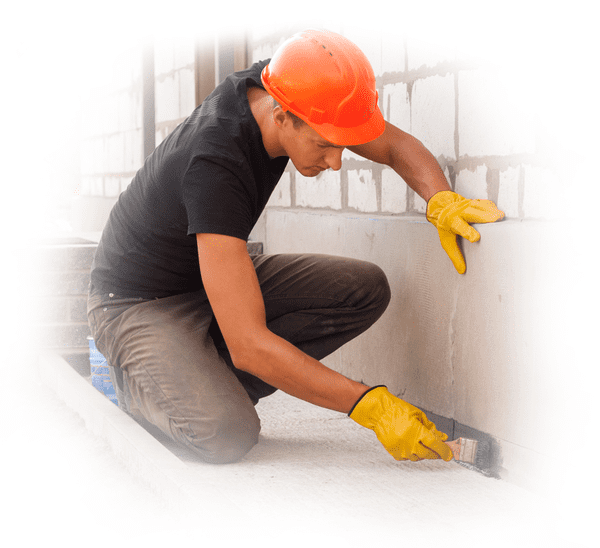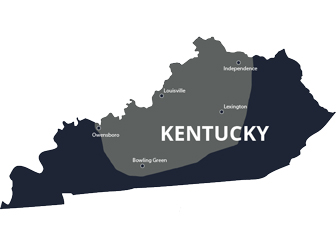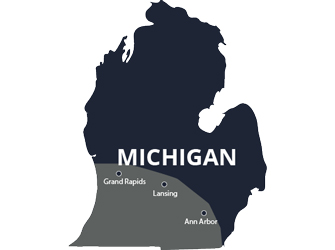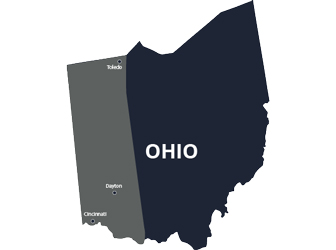Originally posted 9/18/19, revised by Kelly Kater 10/01/20
Are your monthly energy bills consistently higher this year, even though you’ve upgraded to more energy-efficient appliances? Have you reinforced or updated the insulation in the attic, to no avail? This can be immensely frustrating to a homeowner; you’re doing everything right and still not getting the results you want.
Although it might seem strange at first glance, these higher costs could be a sign of foundation issues. As we all know, homes settle. But if your foundation is shifting a bit too far, it can create a series of small movements throughout the entire home. Some results of these movements might not be immediately noticeable. But over time, they can add up and become a real cause of concern.
Acculevel is family-owned and operated, and we’ve been repairing foundations since our start in 1996. Over the decades, we’ve restored health and stability to tens of thousands of homes throughout our service area. By educating the public about the cause-and-effect nature of foundation settling, we hope to make repair decisions easier and more manageable for homeowners.
In this blog, we’re going to explain how foundation issues can make your HVAC system less effective, what signs to look for, and when you need help from a professional contractor.
Why Does a Foundation Move?
Some Settling is Expected
Generally speaking, gravity is what causes the “typical” settling. When your house was built, it added significant weight on the ground below it. As that ground compacts under the weight, it moves a bit. This type of settling usually happens more evenly across the entire base of the home. So it may create a few hairline cracks in your foundation, but it’s normal.
Too Much Water Creates Problems
When too much water saturates the soil, like heavy spring rains, this can cause some erosion under the footers (your foundation walls are built on the footers). This erosion rarely happens evenly on all sides; this is when settling starts to be more problematic. One corner of your house may settle lower than the other three.
Water saturation can also apply pressure to your foundation walls, creating a different type of hairline crack. These cracks may allow in water, or strain the walls. This is hydrostatic pressure, and is often the cause for cracking or bowing walls. You can learn more about those problems and the solutions, here.
 This photo was taken by an Acculevel project manager during a free estimate appointment. These cracks indicate hydrostatic pressure is pushing against the wall.
This photo was taken by an Acculevel project manager during a free estimate appointment. These cracks indicate hydrostatic pressure is pushing against the wall.
Too Little Water is Also a Problem
This may seem unfair- if water is an issue, you’d think a dry spell would be worry-free! But this simply isn’t true; if the ground dries out, this can leave gaps in the soil. These gaps can compress, causing the footers to settle. Again, since it’s unlikely that the settling will happen evenly, this is when you can have problems. If you think drought is a contributing factor, we have an article that explores this topic more here.
How Does a Settling Foundation Cause Higher Utility Costs?
Now that we’ve discussed how your foundation can settle, let’s look at what this does to the rest of your home. Let’s say one footer under your house has shifted an inch lower than the rest of the footers. This one section is now pulling against the rest of the foundation, causing the materials to stretch. Except, the building materials aren’t supposed to stretch, right? This is where things go awry.
- Mortar between the bricks on the outside of your home will crack or give way, allowing cracks or gaps to form.
- Walls and flooring will lean slightly, as they’re pulled by the shifting footer. This will cause stress on the framework; doors or windows will no longer fit perfectly upright in their frames. You’ll notice some of them will begin to “stick.” Maybe you have a kitchen window that you can’t slide open, no matter how hard you try. Or maybe the door to your home office will not stay securely closed, and the dog is free to interrupt your online meetings.
- Drywall- another substance that does not flex or stretch- will begin to crack under pressure. This is especially likely around the doors or windows that you struggle to open or close.
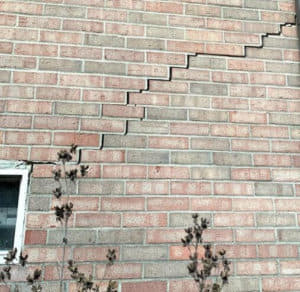 This photo was taken by an Acculevel project manager during a free estimate. This type of crack indicates the foundation is settling.
This photo was taken by an Acculevel project manager during a free estimate. This type of crack indicates the foundation is settling.
All of these symptoms create cracks or gaps in your walls. These small fissures are more than enough for your home to develop drafts. Drafts allow your lovely filtered, temperature-controlled air inside to escape, while allowing the unmoderated air outside to find its way in. Your HVAC will work harder to maintain your temperature settings, and be less successful at doing so.
This becomes a frustrating cycle- one kid cranks up or down the thermostat because they’re uncomfortable. Then it’s too much or not enough in another room, and another kid (or your spouse!) adjusts the thermostat again. Repeat this a few times per day, and it adds up to: an uncomfortable family, a drafty house, an overworked HVAC, and a blown budget.
What’s Your Next Step?
You probably still have some questions. We’d recommend you start with our free DIY Foundation Inspection checklist. This will help you evaluate your home, make note of the issues you find, and better understand their significance.
Then please use our foundation repair guide. This can be read from start to finish, or you can start with the chapter that addresses your specific concern. Feel free to bookmark both of these pages for later use; we suggest homeowners do a foundation inspection twice a year to catch any possible issues early.
Once you have repairs made and your foundation is stabilized and secure, consider adding spray foam insulation. This blog explains why fiberglass insulation is a poor choice for basements and crawl spaces, and details the benefits that spray foam provides.















